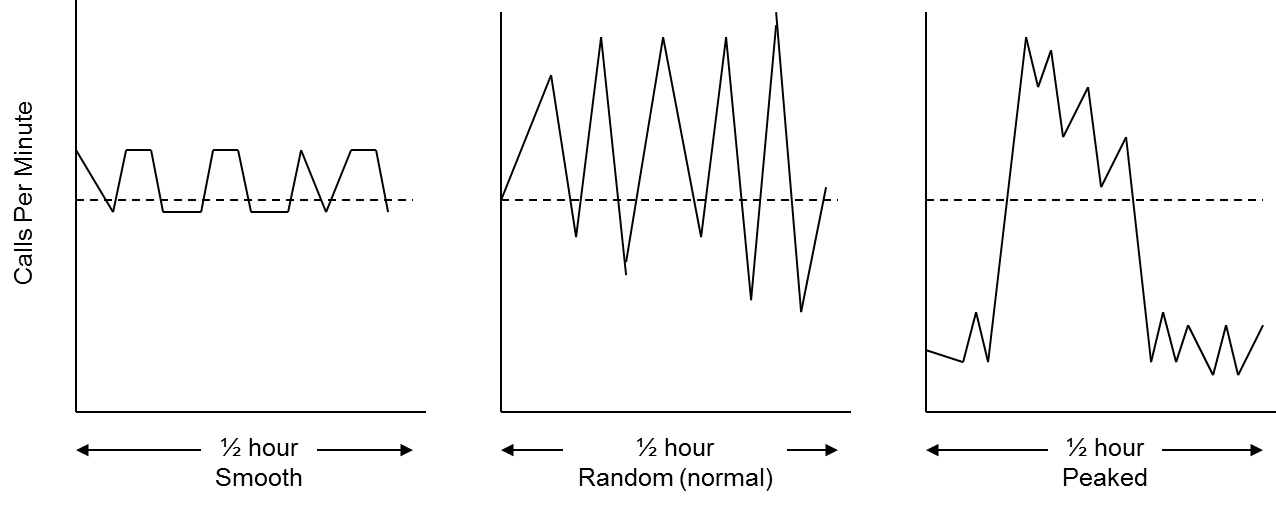I define contact channel management as:
- Getting the right people and supporting resources,
- in the right places,
- at the right times,
- and doing the right things.
In order to perform proper resource planning for an inbound call center, you need to first understand the seven factors of caller tolerance and their impact on abandonment rate.
- Degree of motivation: How important is the call? What are the consequences of not getting through? Callers with a network outage or wrong bill will wait longer to reach a CSR than one who’s calling to ask about product information.
- Availability of substitutes: Do customers have substitute contact channels such as alternative numbers, Online, IVR, fax, or email? Callers who encounter difficulties making the call may abandon if they know of another way to contact the company. If the primary queue backs up, callers may press the incorrect IVR option or call the main number. If callers are highly motivated and have no available substitutes, they will retry if they get a busy signal and will generally wait longer in queue to speak to a CSR.
- Competition’s service level: This factor applies when callers have the option of using a competitor’s services.
- Level of expectations: There is a direct correlation between caller tolerance and the company's reputation for service (or the level of service being promoted.)
- Time available: How much time do callers have to make the call? For example, a retired person calling from home during the afternoon may wait on hold longer than someone calling from the office.
- Who’s paying for the call: Callers are usually more tolerant when they’re not paying for the call.
- Human behaviour: The weather, a caller’s mood, or the day’s news have a bearing on caller tolerance.
There are three types of inbound call arrival patterns:
The interrelationship between key factors:
These are basic ACD metrics you need to understand before you can prepare proper workforce scheduling:
- Calls Offered – number of incoming calls registered on the ACD. It includes all attempts by callers to reach us.
- Calls Answered – number of incoming calls handled by the Service Center
- Calls Abandoned – a call answered by the ACD but terminated by the caller before answered by a CSR
- Abandonment rate – % of calls answered by the ACD but terminated by the caller before answered by an agent/calls offered
- Average Speed of Answer - how long a caller waits on hold before an agent answers his call. Its purpose is to measure service quality related to the speed of access to the Service Center
- Average Talk Time – tells you how long, on average, a CSR spends on each call. This is everything from “hello” to “goodbye.”
- Average Wrap Time – the time that CSRs spend completing transactions after saying goodbye to callers.
- Average Handling Time – tells you how long, on average, a CSR spends on each call (ATT + AWT)
- Call Load – the volume of transactions coupled with how long they last. Volume x (average talk time + average-call work) for a period of given period of time.
- Delay – everything to when the trunk is seized to the point at which the caller is connected to the CSR.
- Agent Load – includes talk time and wrap time
- Trunk Load – includes all aspects of the transaction other than wrap time, which does not require a circuit.




